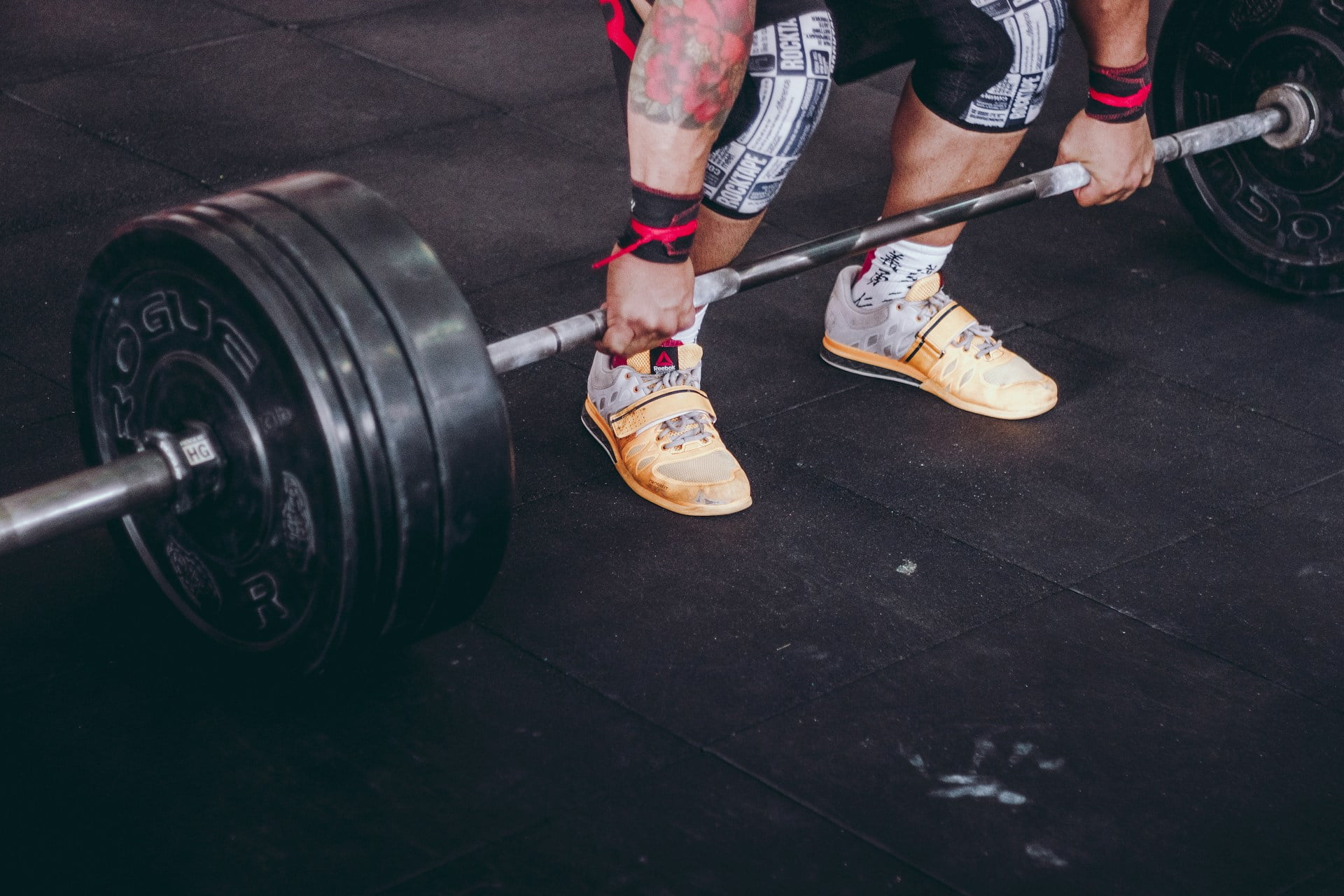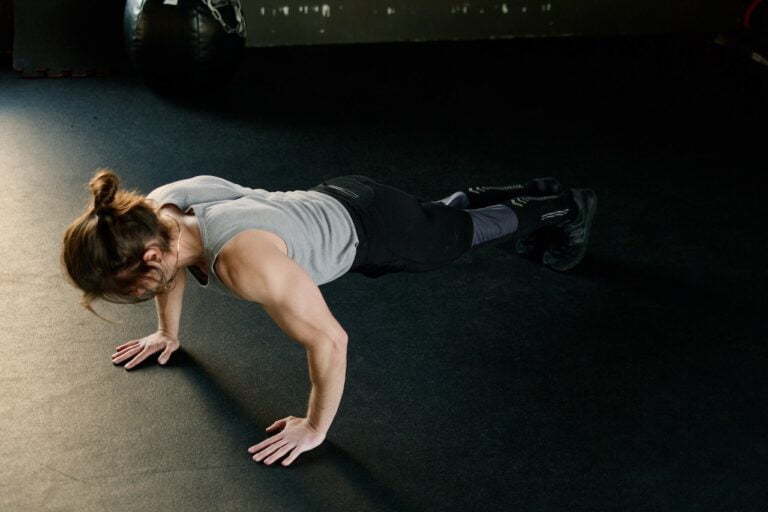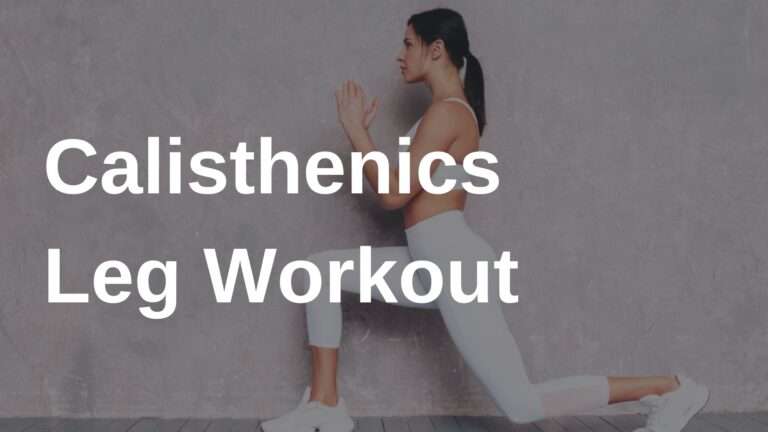Calisthenics vs Weight Training: Which Is Better for Your Fitness Goals?

When it comes to achieving your fitness goals, two popular training methods often come to mind: calisthenics and weight training. Both approaches have their unique benefits and can help you build strength, improve endurance, and enhance overall fitness. But which one is better suited for your specific goals? Let’s dive into the world of calisthenics and weight training to help you make an informed decision.
What is Calisthenics?
Calisthenics is a form of exercise that primarily uses body weight as resistance to build strength, flexibility, and endurance. This method focuses on natural body movements such as pushing, pulling, bending, jumping, and swinging. Calisthenics exercises typically involve movements that engage multiple muscle groups simultaneously, promoting functional strength and flexibility.
Common calisthenics exercises include:
- Push-ups
- Pull-ups
- Squats
- Lunges
- Planks
What is weight training?
Weight training, also known as resistance training, involves using weights such as dumbbells, barbells, or machines to create resistance against muscle contraction. This type of training is designed to improve muscular strength and endurance. Weightlifting exercises are often more targeted and can isolate specific muscle groups, allowing for focused development.
Common weight training exercises include:
- Bench Press
- Shoulder Press (Overhead Press)
- Bicep Curls
- Tricep Extensions (Skull Crushers)
- Lat Pulldowns
Benefits of Calisthenics
Improved Functional Strength
Calisthenics exercises mimic everyday movements, enhancing your overall functional fitness. This means your body becomes better equipped to handle daily activities and tasks.
Flexibility and Mobility
Many calisthenics exercises incorporate a full range of motion, which can improve flexibility and joint mobility over time.
Convenience and Accessibility
Calisthenics can be performed anywhere, anytime, without the need for a gym or specialized equipment. This makes it a convenient option for those with a busy schedule or limited access to gym facilities.
Core Strength
Most calisthenics exercises engage the core muscles, leading to a stronger, more stable midsection.
Cost-Effective
Since it requires little to no equipment, calisthenics is a budget-friendly way to stay in shape.
Benefits of Weight Training
Targeted Muscle Growth
Weight training allows you to isolate and focus on specific muscle groups, which can be beneficial for addressing muscle imbalances or achieving particular aesthetic goals.
Easily measurable progress
The ability to increase weight incrementally makes it easy to track your strength gains over time.
Increased Bone Density
Resistance training is known to improve bone density, which can reduce the risk of osteoporosis and fractures.
Metabolic boost
Increased muscle mass from weight training can lead to a higher resting metabolic rate, aiding in weight management.
Versatility
With various equipment options, weight training offers a wide range of exercises to keep workouts interesting and challenging.
Calisthenics or Strength Training What Should I Do For My Goal?
The decision between calisthenics and weightlifting largely depends on your fitness goals, personal preferences, and lifestyle.
Choose calisthenics if you:
- Prefer working out at home or outdoors
- Enjoy bodyweight exercises and want to improve overall body control
- Are looking for a low-cost, equipment-free workout option
- Want to focus on functional fitness and relative strength
- Want to learn advance Calisthenics skills like Muscle up, Planch, Handstand Push Up, Human flag
Choose weight training if you:
- Have specific muscle-building or strength goals
- Enjoy working out in a gym environment
- Want to focus on developing maximum strength
- Are interested in bodybuilding or powerlifting
Combine the Exercises for the Best Results
For optimal results, consider combining calisthenics and weight training in your fitness routine. This approach, often referred to as hybrid training, allows you to enjoy the benefits of both methods while minimizing their individual limitations.
Here’s an example of how you might structure a hybrid workout:
- Start with a calisthenics-based warm-up (jumping jacks, bodyweight squats, push-ups)
- Perform compound weightlifting exercises (squats, deadlifts, bench press)
- Incorporate calisthenics exercises for accessory work (pull-ups, dips, lunges)
By combining these methods, you can develop well-rounded fitness that includes strength, endurance, flexibility, and functional movement skills.
What is Better for Building Strength?
For overall strength development, weight training often has the edge due to the ease of progressive overload. However, advanced calisthenics practitioners can achieve impressive feats of strength through progressive variations of bodyweight exercises.
Both calisthenics and weightlifting can build strength, but they do so in different ways.
Calisthenics builds functional strength that translates well to everyday activities and overall body control. It is highly effective for developing core strength and improving joint stability.
Weightlifting is more effective for isolating and hypertrophying specific muscle groups, leading to greater increases in maximal strength. Progressive overload through increased resistance is more straightforward with weightlifting, making it ideal for serious strength training.
What is Better for Burning Calories?
Calisthenics generally burns more calories during the workout itself due to its dynamic, full-body nature. Exercises like burpees, jump squats, and mountain climbers are intense and elevate the heart rate, leading to higher caloric expenditure.
Weightlifting, on the other hand, may not burn as many calories during the workout but increases muscle mass, which boosts the basal metabolic rate. This means you continue to burn more calories throughout the day, even at rest.
Conclusion
Choosing between calisthenics and weightlifting depends on your individual fitness goals and preferences. Calisthenics offers improved functional fitness, flexibility, and convenience, while weightlifting provides targeted muscle growth, increased bone density, and a metabolic boost.
For the best possible training results, consider combining both methods. This hybrid approach can lead to balanced strength, enhanced flexibility, and overall better health. Whether your goal is to build strength, burn calories, or improve general fitness, a well-rounded workout plan that incorporates both calisthenics and weightlifting can help you achieve your objectives.






